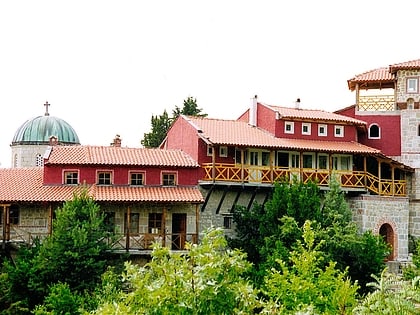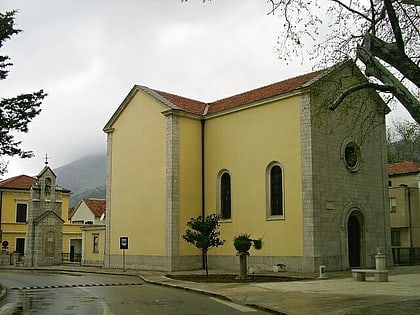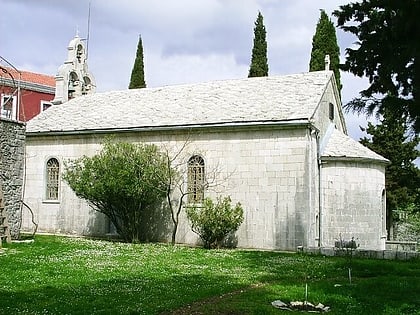Arslanagić Bridge, Trebinje


Facts and practical information
Nestled in the picturesque landscape of Trebinje, Bosnia and Herzegovina, lies the historic Arslanagić Bridge, a testament to the region's rich past and architectural prowess. This majestic stone bridge spans the tranquil waters of the Trebišnjica River, inviting visitors to step back in time and experience the grandeur of Ottoman engineering.
Constructed in the 16th century during the reign of Sultan Suleiman the Magnificent, Arslanagić Bridge was originally built to facilitate trade and communication across the region. With its robust design and strategic location, it quickly became an essential crossing point, linking various parts of the Ottoman Empire. The bridge's significance is not only historic but also cultural, as it has withstood the test of time and nature, remaining a proud symbol of Trebinje's heritage.
The bridge's elegant arches and harmonious proportions reflect the refined aesthetic of Ottoman architecture. It was named after the Arslanagić family, who were charged with its maintenance and care in the 17th century, further cementing its status as a cherished local landmark. Despite the challenges of history, including a relocation in the 1960s due to the creation of an artificial lake, the bridge continues to stand as a resilient and enchanting structure.
Today, Arslanagić Bridge is not only a vital piece of Trebinje's historical tapestry but also a popular attraction for tourists seeking to delve into the city's storied past. Visitors can stroll along its cobbled pathway, admire its timeless beauty, and enjoy the serene ambiance of the surrounding landscape. The bridge also serves as a picturesque backdrop for cultural events and a serene spot for locals and tourists alike to reflect and relax.
Arslanagić Bridge – popular in the area (distance from the attraction)
Nearby attractions include: Hercegovačka Gračanica, Tvrdoš Monastery, Cathedral of the Birth of Mary, Duži Monastery.




